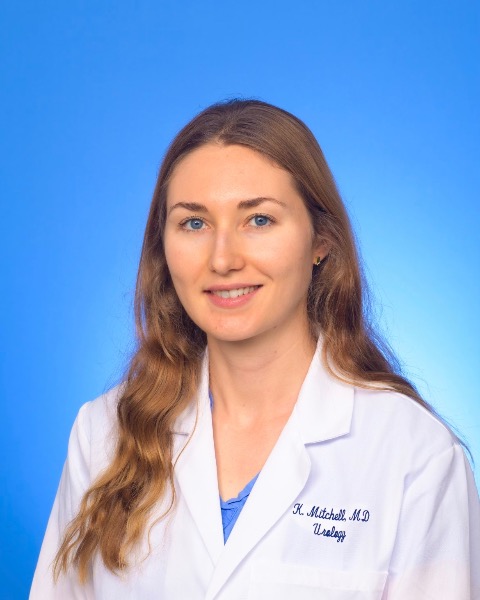Back
Poster, Podium & Video Sessions
Moderated Poster
MP32: Surgical Technology & Simulation: Instrumentation & Technology I
MP32-19: Bridging the Gap – Building Surgical Subspecialty Telemedicine Clinics in the Rural Setting
Saturday, May 14, 2022
2:45 PM – 4:00 PM
Location: Room 225
Chris Ferrari, Indianapolis , IN, Katharina Mitchell*, Chad Crigger, Shirley Zupper, Amy Wildasin, Michael Ost, Brian Hendricks, Osama Al-Omar, Morgantown, WV

Katharina Marie Elisabeth Mitchell, MD (she/her/hers)
West Virginia University
Poster Presenter(s)
Introduction: Pediatric urology is a much-needed subspecialty with a breadth of complex disorders that can often prove challenging to diagnose and manage. Exacerbating this need is the minimal exposure medical trainees receive to pediatric urology. Pediatric urology arrived in West Virginia in 1983 but the subspecialty has been inconsistently represented since then. Currently there are two fellowship-trained pediatric urologists in the state of West Virginia, which is approximately 24,038 mi2. Review our experience with the use of tele-medicine in providing outreach to the wider parts of our medically underserved state and to ultimately evaluate its efficacy from a patient-centric cost-analysis and diagnosis concordance perspective. We hypothesized that the use of telemedicine would be cost and time effective for patients in our rural state.
Methods: We retrospectively reviewed our series of patients presenting from outside tele-medicine “referral centers” in Martinsburg, Parkersburg and Wheeling for pediatric urologic consultation. We evaluated reason for consultation, geographic driving distance, and drive time saved from tele-medicine consultation.
Results: Ninety-two patients presented to outside designated tele-medicine centers from August 2018-April 2020. The mean driving time saved utilizing tele-medicine consultation was 4 hours and 46 minutes, mean driving distance saved of 299.8 miles. Travel costs in terms of fuel averaged $21. The most common reason for consultation was undescended testis followed by recurrent urinary tract infection and nocturnal enuresis. Of the 24 patients who required surgery, only two patients had an initial diagnosis that was not concordant with their OR examination.
Conclusions: While modest, our data indicates a modern solution to a historic need in our state. Our high diagnosis concordance rate shows that a well-trained advanced practice provider can adequately perform an operative evaluation via tele-medicine.
Source of Funding: None

Methods: We retrospectively reviewed our series of patients presenting from outside tele-medicine “referral centers” in Martinsburg, Parkersburg and Wheeling for pediatric urologic consultation. We evaluated reason for consultation, geographic driving distance, and drive time saved from tele-medicine consultation.
Results: Ninety-two patients presented to outside designated tele-medicine centers from August 2018-April 2020. The mean driving time saved utilizing tele-medicine consultation was 4 hours and 46 minutes, mean driving distance saved of 299.8 miles. Travel costs in terms of fuel averaged $21. The most common reason for consultation was undescended testis followed by recurrent urinary tract infection and nocturnal enuresis. Of the 24 patients who required surgery, only two patients had an initial diagnosis that was not concordant with their OR examination.
Conclusions: While modest, our data indicates a modern solution to a historic need in our state. Our high diagnosis concordance rate shows that a well-trained advanced practice provider can adequately perform an operative evaluation via tele-medicine.
Source of Funding: None


.jpg)
.jpg)